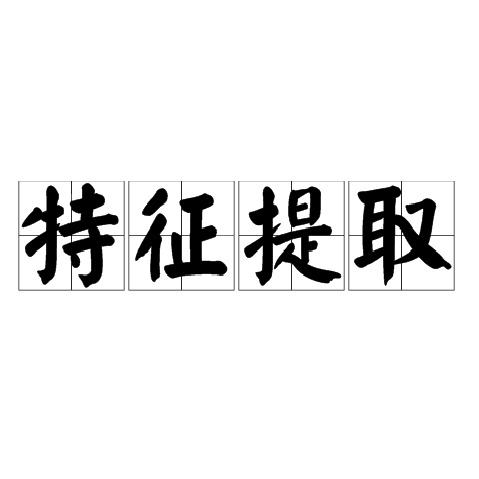As a prevailing task in video surveillance and forensics field, person re-identification (re-ID) aims to match person images captured from non-overlapped cameras. In unconstrained scenarios, person images often suffer from the resolution mismatch problem, i.e., \emph{Cross-Resolution Person Re-ID}. To overcome this problem, most existing methods restore low resolution (LR) images to high resolution (HR) by super-resolution (SR). However, they only focus on the HR feature extraction and ignore the valid information from original LR images. In this work, we explore the influence of resolutions on feature extraction and develop a novel method for cross-resolution person re-ID called \emph{\textbf{M}ulti-Resolution \textbf{R}epresentations \textbf{J}oint \textbf{L}earning} (\textbf{MRJL}). Our method consists of a Resolution Reconstruction Network (RRN) and a Dual Feature Fusion Network (DFFN). The RRN uses an input image to construct a HR version and a LR version with an encoder and two decoders, while the DFFN adopts a dual-branch structure to generate person representations from multi-resolution images. Comprehensive experiments on five benchmarks verify the superiority of the proposed MRJL over the relevent state-of-the-art methods.
翻译:作为视频监控和法医领域的一项普遍任务,个人再识别(re-ID)旨在匹配从非过度摄像头中拍摄的个人图像。在不受限制的情景中,个人图像往往会受到分辨率不匹配问题的影响,即:\emph{Cross-分辨率个人再识别。为解决这一问题,大多数现有方法将低分辨率(LR)图像恢复为超级分辨率(SR)高分辨率(HR)。然而,它们仅侧重于HR特征提取,忽视原始LR图像的有效信息。在这项工作中,我们探索了分辨率提取的影响,并开发了一种新型的跨分辨率人再识别方法,称为\emph/ textbf{M}ulti-决议\ textbf{R}R}。为解决这一问题,大多数现有方法将低分辨率(LRL)图像恢复为超分辨率(HR)图像(RRN), 忽略了原始LRV图像(DFNF) 。 RRN使用一个输入图象来构建HR-tlevel 版本, 并制作了双分辨率图像(DRRRR), 和双版的双重分辨率图像,同时制作了人双分辨率的图像。



